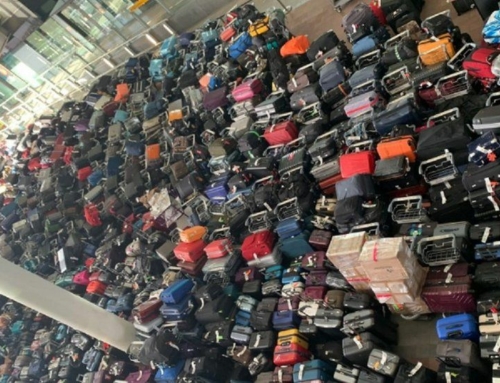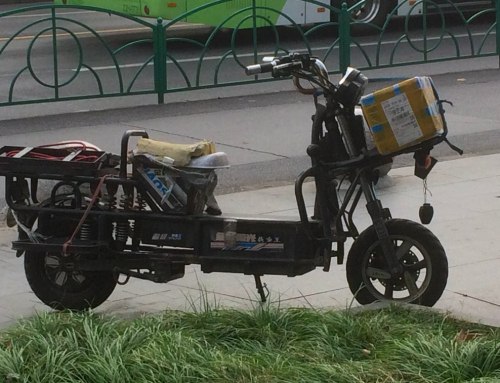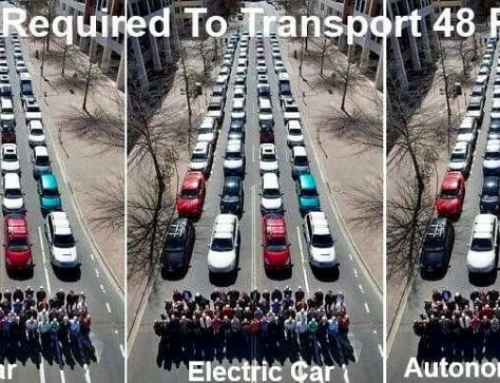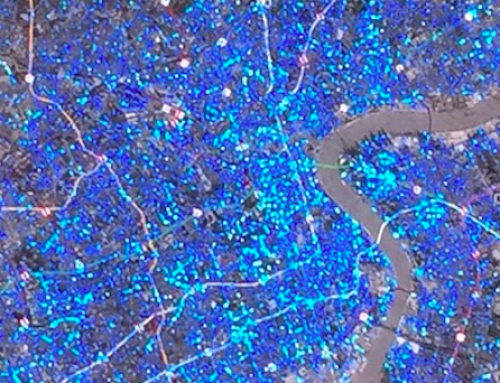Our aim in DoorsEast2, in Bangalore was to learn how to design services, enabled by ICT, that meet basic needs in new ways – and to share this knowledge with citizens, education, industry, and professionals. This was our second international encounter in India. It built on the success of a previous event, DoorsEast 1, that was held at the National Institute of Design in Ahmedabad in February 2000.
DoorsEast2 had three parts: morning plenary presentations by experts and project leaders; afternoon small groups to deepen knowledge exchange; and informal evening show-and-tell sessions in-and-around the city. Designers, technologists, entrepreneurs, and grassroots innovators, shared their project experiences developing new kinds of services. They presented and discussed projects from India, South Asia, and the North, that deliver new ways to meet needs in daily life in the areas of home, work, learning, mobility, and sociability. Discussions addressed principles for the design of network-based services in new contexts; tools and methodologies for mapping local knowledge; lessons learned, and next steps
We called DoorsEast 2003 a “working party” because it was also a celebration of the tenth anniversary of Doors of Perception. It was organised by:
– Doors of Perception (The Netherlands);
– Center for Knowledge Societies (CKS) in Bangalore (India);
– National Institute for Design, Ahmedabad, India;
– Interaction Design Institute Ivrea (Italy)’
– National Institute of Fashion technology (NIFT) Bangalore
with support from Nokia.
Designers, technologists, entrepreneurs, and grassroots innovators, shared their project experiences developing new kinds of services. They presented and discussed projects from India, South Asia, and the North, that deliver new ways to meet needs in daily life in the areas of home, work, learning, mobility, and sociability.
Discussions addressed principles for the design of network-based services in new contexts; tools and methodologies for mapping local knowledge; lessons learned, and next steps. Although their contexts differ dramatically, both Europe and Asia face the same innovation dilemma: in order to innovate successfully, we need to learn about the emerging needs to which new technology might be an answer.







